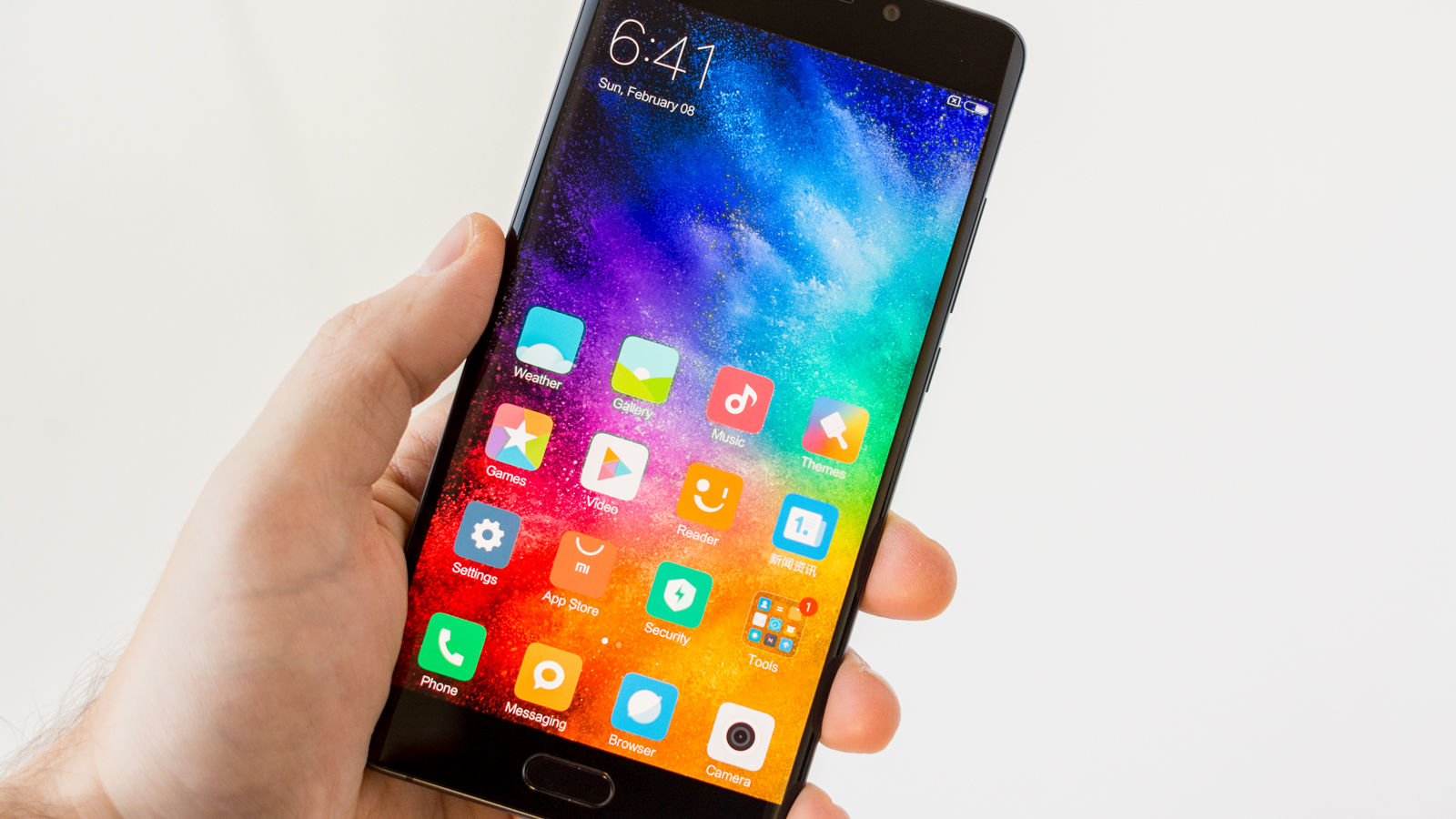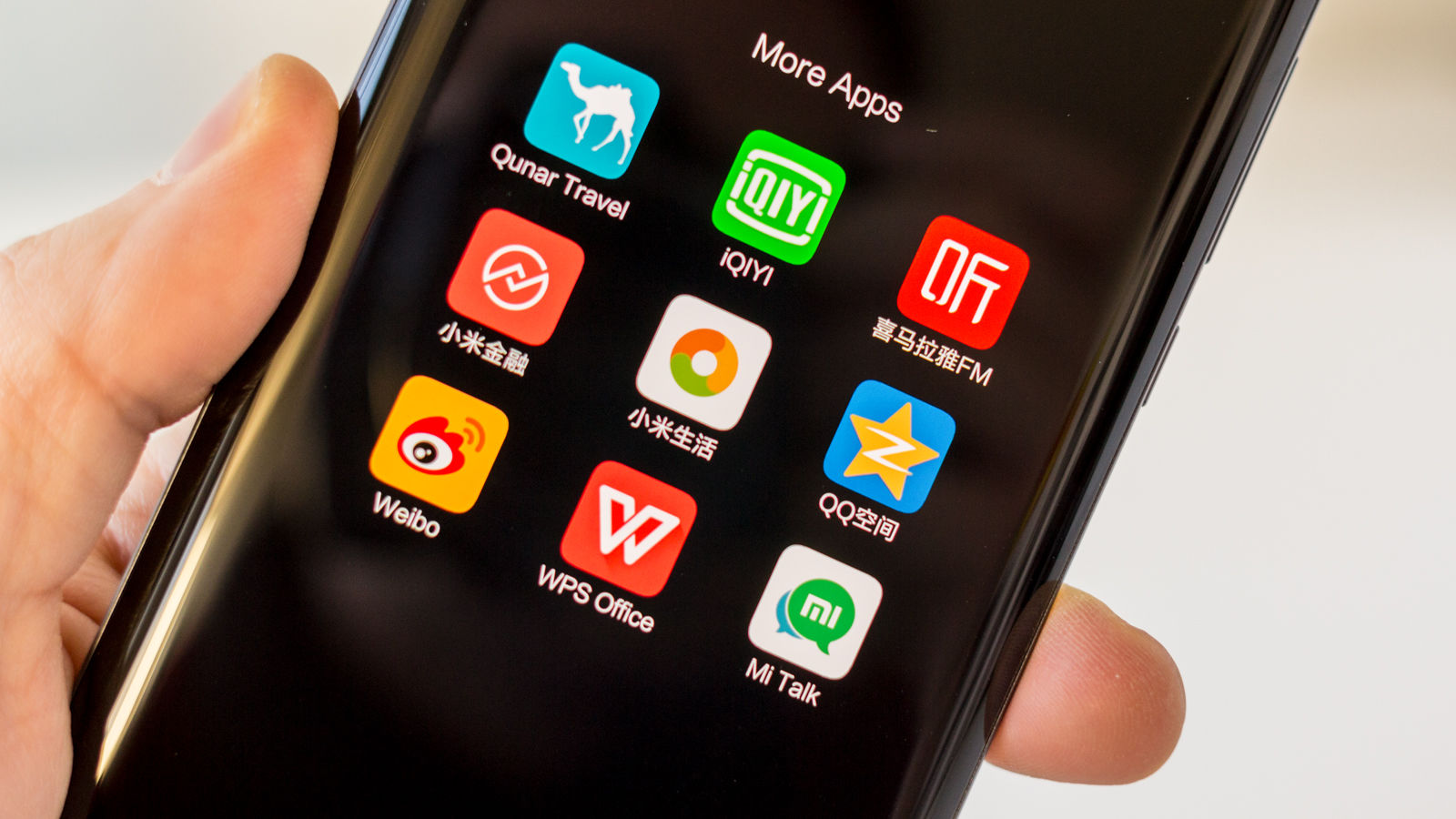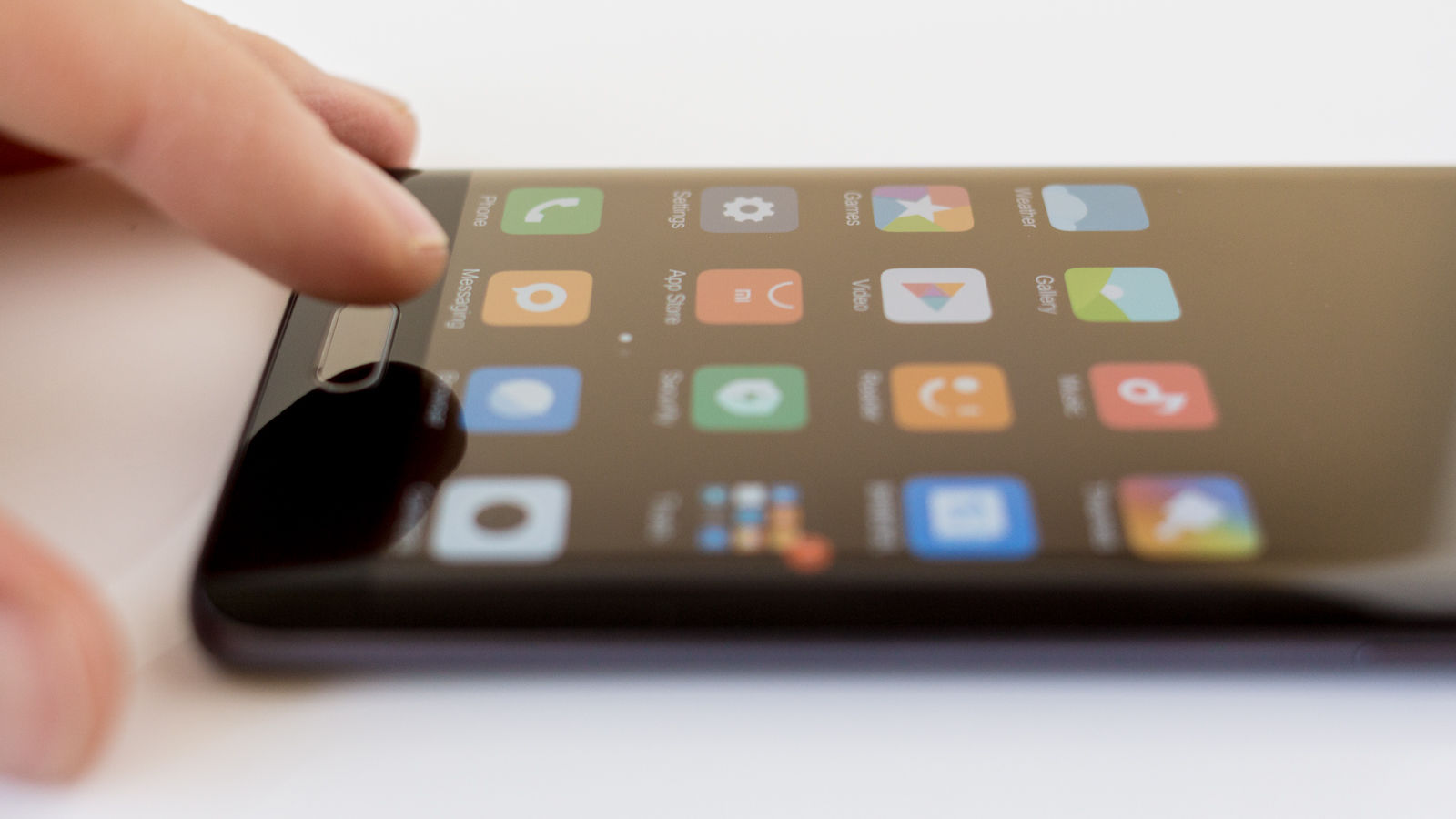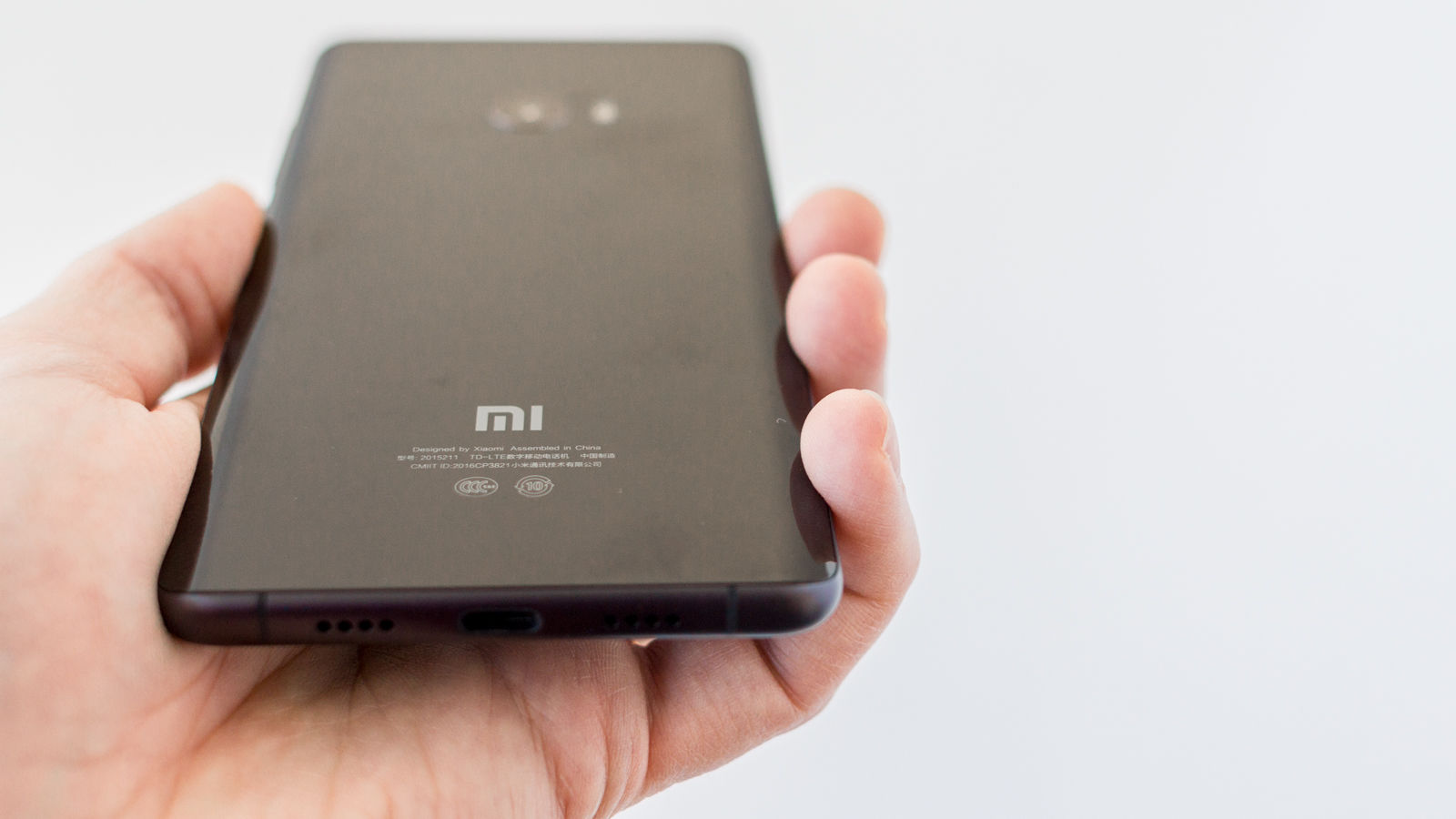Not as revolutionary as the bezel-less Mi Mix with which it shared its launch event, and with much in common with the now discontinued Galaxy Note 7 in terms of its design, the Mi Note 2 has in the most part been wrongly overlooked by the technology media. That’s a real shame, because this is a really nice phone and, leaving aside its ‘only’ full-HD but still brilliant flexible OLED panel, a true competitor to better known flagships. The Xiaomi Mi Note 2 will prove a great buy for those looking for a big-screen phone with lots of power and a nice design, but unfortunately Xiaomi is releasing it only in China. Those in the UK and elsewhere can still buy through Chinese importers such as GearBest, from which we received our Piano Black review sample, but international buyers should be wary over cellular connectivity. Also see: Best Xiaomi Phones 2018 You’ll also like: Xiaomi Mi 5X rumours and MIUI 9.0 rumours Actually that’s one of the things that most excited us about the Mi Note 2 upon its release: it’s the first Xiaomi phone to come with global LTE connectivity, but not as standard and sadly not in our review sample. The Global Mi Note 2 supports 37 bands and has full UK 4G LTE connectivity for bands 3, 7 and 20. It also matches the top-end Mi Note 2 version with 6GB of RAM and 128GB of storage. If you are buying outside China this is the Mi Note 2 to go for, and it currently costs £497.04 ($619.99) at GearBest. As well as Piano Black, the Mi Note 2 comes in Silver and Gold. Our review sample is the entry-level 4GB RAM, 64GB storage Mi Note 2. Xiaomi has in July 2017 introduced a new special edition version of the Mi Note 2 that pairs 64GB of storage with 6GB of RAM. Previously 6GB of RAM was available only for the top 128GB storage model. Other review model has support for UK 4G LTE bands 3 and 7. That means it won’t be a great buy for O2 and Giffgaff customers, which rely solely on band 20 for 4G connectivity, but for other users it’s a great phone. This version costs £595.90 ($743.31) from GearBest, meaning the Global edition is currently cheaper. We’d recommend UK users buy the Global model instead. Do consider that upon arrival in the UK you may be asked to pay import duty on the Mi Note 2 (20 percent of the value on the shipping paperwork plus an admin fee of around £11). Read more advice on buying grey market tech here. Even if you do go for the Global version of the phone, one thing you should note before you buy is that because these phones are not officially sold outside China they are sold with the Chinese rather than International ROM. This means Google Play and any associated services with which you are familiar will not be preinstalled, and there will be some Chinese-language apps and a Chinese-character keyboard to contend with. All these things are fixable, as we’ll explain below, although we wouldn’t advise non-techies attempt to do so. Also see: Best Chinese phones 2016
Xiaomi Mi Note 2 review: UK setup – how to install Google Play on Mi Note 2
When you first turn on the Xiaomi Mi Note 2 you will be given the option to choose United Kingdom as your region, but when it boots into the UI you’ll notice there is more setup to do before you can get going. First you should change the time and date, since by default this will be set to GMT+08:00. Open the Settings app from the home screen and choose Additional settings, Date & time. Disable Automatic time zone and tap on the time zone field below this, then scroll to and select GMT+00:00 Greenwich Mean Time. The time at the top left of the screen should automatically update. Next, there’s no Google Play support, so you’ll need to sideload the Google Installer. In order to do so go to Settings, Additional settings, Privacy and then enable Unknown sources. Now head to Xiaomi Ninja to download the Google Installer APK. Launch the downloaded file and, once it has installed, press the big blue button to begin installing the necessary Google services. Tap Install and Okay when prompted until the installer has finished. Next go to Settings, Permissions, Auto Start and give autostart permissions to all the Google apps you’ve just installed. Then go to Settings, Permissions, Permissions and give each of those apps any reasonable permissions they require (tap on a permission and choose Accept). Google services are now ready to go on the Mi Note 2, so launch the Play store and add your Google account details when prompted. If you have any problems reboot your phone. You can also try going to Settings, Installed Apps, Google Play Store, clearing the cache and data and trying again. Sometimes it can take 30 minutes or so for a Google account to register on a device. One of the first apps we recommend you download is Google Keyboard. Launch the app and set it as the default to remove the existing keyboard with Chinese characters. Keep in mind that no Google apps are preinstalled on this phone, so you might also wish to download those you probably take for granted such as Gmail. If you wish to install a WhatsApp backup from an old phone you will also need Google Drive, and we recommend using Google Photos in order to back up and sync all your old and new photos between phones. YouTube is another favourite, and don’t forget Google Maps. Lastly, go through the apps on the home screen (there is no app tray in MIUI 8.0) and uninstall any Chinese-language apps you don’t wish to use. Those that cannot be uninstalled can be dragged on top of each other to create a new folder in which to hide away apps. The Mi Note 2 is now reasonably well set up for UK use, but you will still get the odd Chinese notification pop up. In our experience these can be ignored, so simply swipe them off the screen to delete. Also see: Best Android phones
Xiaomi Mi Note 2 review: Design and build
The Xiaomi Mi Note 2 is one big piece of loveliness, with its gorgeous curved edges at the front and back, high-gloss black finish and rich OLED display. Unlike the Mi5s and Mi5s Plus, which now feature a metal unibody, the Mi Note 2 retains its glass front and rear, which is very much like the design used by Samsung in its S- and Note-series flagships. It’s not quite the Note 7 copycat people are calling it, and an obvious difference is the lack of a stylus here, but there are some similarities. The Xiaomi, too, has a 5.7in panel, although it has a lower screen resolution of 1920×1080 pixels. The difference between full- and Quad-HD will not be noticeable in most use cases, but if you demand the very best multimedia experience then regardless of what you read the human eye can tell the difference between the two. That’s not to say the Xiaomi isn’t pin-sharp, however, and we really don’t think you’ll be disappointed with this screen. This is the first Xiaomi phone to get the dual-curved-edge screen at the front of the device, but it’s not as obvious as on the Galaxy S7 edge. This results in fewer accidental app presses from the side of the screen, but also means the panel doesn’t appear to wrap around the body so far – although they are minimal the left and right screen bezels are indeed visible. Also see: Best phone under £300 The overall effect is gorgeous nonetheless, and makes us even more excited about the bezel-less Mi Mix we’re expecting to arrive any day now. And it’s not just about how the phone looks: the way the Mi Note 2’s front and rear curve into each other and are separated by only a thin metal chassis feels fantastic in the hand. This is a big phone, but it feels easily usable – especially so when you invoke Xiaomi’s One Handed mode. In order to achieve this curved screen Xiaomi has ditched the IPS LCD used in its Mi5s and Mi5s Plus in favour of a flexible OLED panel. That’s a great thing in our opinion, as we love the vibrant colours and deep contrast of OLED tech, and you can fine-tune the screen appearance to your taste. Sunlight Display means it’s ideal for use in bright sunlight, and there’s also a handy reading mode. For this particular screen Xiaomi lists 100 percent NTSC colour gamut, 100,000:1 contrast ratio and a screen-to-body ratio of 77.2 percent. The latter is lower than is seen on many flagship phones, which may be surprising given the slim bezels. However, there is a fair amount of space above and below the screen, which is where you’ll find the new lightning-fast fingerprint scanner built into the home button. There are some other key differences in the build between this Mi Note 2 and its predecessor, for instance the move to USB-C and the new speaker grilles that sit either side – though there is still only one speaker. The Mi Note 2 has some decent audio credentials with 192kHz/24-bit audio, and it’s plenty loud provided you keep its bottom-facing speaker clear. The battery capacity has also increased by more than 25 percent, from 3,000mAh in the Mi Note to 4,070mAh in the Mi Note 2, and yet the new phone adds just 7g and less than a millimetre to its belly. It’s still remarkably thin at 7.8mm. This battery supports Quick Charge 3.0, which Xiaomi says can charge the phone to 83 percent in half an hour. The Xiaomi Mi Note 2 is available in Glacier Silver and Piano Black, both with a glass front and rear and 7-series aluminium frame. We received the black model to review, and are struggling to fault its design. If we had to point to something it would be the way the front and rear panels remember every touch, though we expect fingerprints would be less of an issue with the silver model.
Xiaomi Mi Note 2 review: Core hardware and performance
The Xiaomi Mi Note 2 was previously available in two configurations: one with 4GB of RAM and 64GB of storage (reviewed here), and another with 6GB of RAM and 128GB of storage. The top-end model is also available with Global LTE support. Now there is a new Special Edition that pairs 64GB of storage with 6GB of RAM. All models run the Qualcomm Snapdragon 821 quad-core processor at 2.35GHz with Adreno 530 GPU, which is quite a jump up from the Snapdragon 801 and Adreno 330 seen in the Mi Note. (Of course there was also a Mi Note Pro that ran the more recent Snapdragon 810 and Adreno 430 GPU). When considering the core specifications the Mi Note 2 begins to look even more like the Mi5s Plus. After all, both have the Snapdragon 821 processor, 4/6GB RAM, 64/128GB storage and a 5.7in full-HD screen. The key differences between the two are the curved OLED panel on the front and glass rear of the Mi Note 2, plus a slightly higher-capacity battery (4,070mAh vs 3,800mAh) and a single 23Mp camera (the Mi5s Plus has two 13Mp lenses). With the Snapdragon 821 inside the Mi Note 2 becomes an instant rival to the Google Pixel and Pixel XL, OnePlus 3T and Xiaomi’s own Mi5s line-up. In our benchmarks it held its own against those phones, falling behind the 6GB RAM OnePlus 3T and smaller-screen Google Pixel, but keeping ahead of the Pixel XL. We haven’t tested the Mi5s Plus, but against the 3GB RAM Mi5s it was only a couple of frames behind in our games tests. General processing performance was very close in Geekbench 4, but the Mi Note 2 fell behind in AnTuTu 3D. You can compare the results of our benchmarks below, but what really matters is real-world performance. And here we cannot fault the Mi Note 2. This is an incredibly fast smartphone, and no matter what it does it doesn’t hang around. Also see: What’s the fastest phone?
Storage is incredibly generous at 64GB as standard, though it’s a shame there’s no microSD card slot for those who demand more. The battery is also very high in capacity at 4,070mAh. In our experience it lasts for around a day and a half, though the ability to charge it to 83 percent in half an hour makes runtime seem less important. Wireless charging is not supported, and the battery is not removable.
Xiaomi Mi Note 2 review: Connectivity
The Xiaomi Mi Note 2 is a dual-SIM dual-standby phone. Either of the two Nano-SIM slots can be used for connecting to a 4G network, but the other will then max out at 3G. International buyers should check out the Global version of this phone, which supports GSM 2/3/5/8, CDMA 1X/EVDO 0/1/10/15, WCDMA 1/2/4/5/8, TD-SCDMA 34/39, LTE-TDD 38/39/40/41, and LTE-FDD 1/2/3/4/5/7/8/12/13/17/18/19/20/25/26/28/29/30. The model we review here does not support band LTE-FDD band 20 (among others, though this is the important one for UK use), which means O2 and Giffgaff customers will not be able to receive 4G connectivity. Also see: Best dual-SIM phones and How to tell whether a phone is supported by your network New in the Mi Note 2 is an incredibly fast fingerprint scanner, which is built into the Home button at the front. This ties in with the full NFC support, which is necessary for making mobile payments. Xiaomi made a big deal out of Mi Pay at the Mi Note 2 launch, though in the UK you’ll be more interested in Android Pay. Chinese phones can often give poor GPS performance in the UK, but we had no problems with the Mi Note 2’s high-accuracy GPS module. It supports GPS, A-GPS, GLONASS and Beidou. The Mi Note 2 also caters for 802.11ac Wi-Fi, Bluetooth 4.2 and USB-C, and there’s even an IR blaster.
Xiaomi Mi Note 2 review: Cameras
The Xiaomi Mi Note 2 has a 23Mp (actually 22.56Mp), f/2.0 Sony IMX318 at the rear with a dual-tone flash and support for 4K video with EIS. Amazingly, despite the thin chassis this huge sensor sits flush to the phone. The incredibly high megapixel count means photos are huge when viewed at full-size, and an immense amount of detail can be captured. We were even able to read the road signs from photos captured on our 7th floor office roof terrace. Given good lighting colours are very realistic, and the Mi Note 2 does a great job overall. We haven’t tested the Mi5s Plus camera, though we would expect it to perform better in certain situations with its twin 13Mp cameras. Interestingly the front camera, rated at 8Mp, also supports an autofocus, which is impressive when even today many selfie cameras are very basic models with low resolution. The selfie camera also integrates Beautify 3.0, which can help you to create more attractive self-portraits. The camera app in MIUI 8.0 is easy to use, with various real-time filters and photography modes. Also see: Best camera phone Below you can see shots taken from our office roof terrace with Auto settings and in HDR mode.
Xiaomi Mi Note 2 review: Software
The Xiaomi Mi Note 2 runs MIUI 8.0, which is based on Android 6.0 Marshmallow. As we mentioned in our section on setting up the Mi Note 2 for UK use it does not come preinstalled with Google apps and there are some Chinese-language apps and notifications and a Chinese-character keyboard to contend with. These things are easy enough to fix when you know how, and in a small amount of time you can have the Mi Note 2 up and running as you would any other UK Android phone. We don’t want to completely lose MIUI 8 in our quest for a more familiar UI, however, as it has lots to offer. We touched on the One-handed mode earlier, which is a lifesaver when it comes to mixing big phones and small hands. This setting enables you to shrink down the screen size to 4.5-, 4.0- or 3.5in for easier operation. Other features that aid usability include the Quick ball, which let you place anywhere you like onscreen a button that can quickly return you to the home screen, back a step, take a screenshot and more. We also like the ability to reverse the order of the back and multitasking buttons on Xiaomi phones. There are a number of changes in MIUI 8. The drop-down notification bar is perhaps the most obvious change, with new quick access icons running along its top. Xiaomi has also moved around a few items in the Settings menu, and introduced some new features such as double-tap to wake, Second Space (which creates a separate space on your phone), Dual Apps (allowing you to run a second version of an app on the phone), individual App Lock and support for Mi Wallet. Other new features include an energy saving mode, enhanced video-editing tools plus some photo features that allow you to add doodles and stickers and quickly share your snaps, the new and supposedly easier-on-the-eyes Mi Lanting font, updated QR scanner and calculator apps, an enhanced multi-tasking menu, brighter colours and new lock screen wallpapers. Read next: Best new phones Marie is Editor in Chief of Tech Advisor and Macworld. A Journalism graduate from the London College of Printing, she’s worked in tech media for more than 17 years, managing our English language, French and Spanish consumer editorial teams and leading on content strategy through Foundry’s transition from print, to digital, to online - and beyond.








